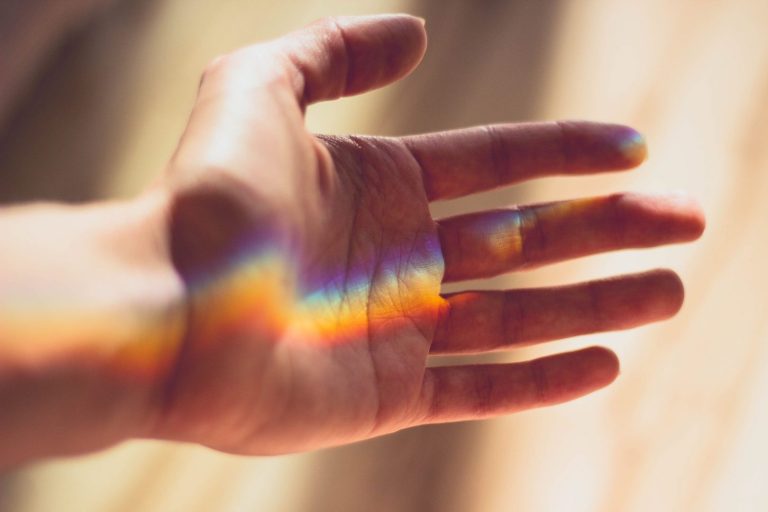Do You Watch Porn? Here’s 5 Things You Should Know
[Content warning: mention of addiction and sexual violence]
With all the technological developments of the past few decades, it has become increasingly easy to access porn online (in this article, “porn” refers to sexually explicit video material used for the purpose of sexual arousal). A recent study in the United States of America, estimates that almost 80% of teenage boys, and over 40% of teenage girls, watch porn (Maheux et al., 2021).
Porn consumption can be an enjoyable experience. It can help people learn more about their sexual preferences. However, it is important to remember that in some situations, there can be negative consequences to watching porn, especially if one does so frequently. Furthermore, adolescents and young adults may be particularly susceptible to the negative effects of porn consumption.
Let’s take a closer look at some of these effects.
1. Porn and Sexual Satisfaction:
Studies have shown that even though people who watch a lot of porn may be more attuned to their sexual preferences. On average, they actually experience less satisfaction in their sex life because the porn has set an unrealistic standard (e.g., Morgan, 2011). To give one example, many of the penises in pornography are larger than average, which may lead to dissatisfaction with one’s own or one’s partner’s penis.
2. Porn and Safe Sex:
Most popular porn features couples or groups, whether they be heterosexual or LGBTQIA+, engaging in sexual acts without any visible protection such as condoms or dental dams. This can have an impact on young adolescents who may not have received adequate sex education, and may think that unprotected sex is the norm.
3. Porn and Objectification/Sexism:
Porn frequently depicts individuals in a sexual relationship being used as “sex objects.” Many times (though not always), in pornographic depictions of heterosexual couples, this role is given to the woman (Vandenbosch & van Oosten, 2015). Typical imagery of this kind would include, for example, a man ejaculating on a woman’s face or body for his own pleasure. Furthermore, in porn that depicts dominant and submissive roles, men more often play the dominant roles, while women more often play the submissive roles. On the other hand, research shows that men are more often dehumanised in porn, by way of not showing their faces (Klaassen & Peter, 2015). Such portrayals reinforce sexist stereotypes for the viewer.
4. Porn Addiction:
Sex and masturbation can be highly rewarding. Unfortunately, this also means they have the potential to become addictive. Porn consumption can activate the same dopamine system as sex does, and therefore it also has the potential to be addictive. The prevalence of sex or porn addiction is, according to research, between 3% and 6%. Some signs of porn addiction include a decrease in life satisfaction, as well as ignoring responsibilities and taking risks to watch porn. A porn addiction can be treated through psychotherapy, medication or lifestyle changes.
5. Porn and Aggression:
Popular porn is becoming more violent, and porn involving some degree of aggression or violence now makes up a substantial proportion of the porn available online. Research suggests that those who consume violent porn, and believe it to be realistic are associated with a higher probability of sexual aggression (Wright et al., 2021). This may be more common in younger porn consumers.
This is not to say that no one should ever watch porn – far from it. However, porn should not be an individual’s only source of sex education, nor should one spend all day every day watching it. Comprehensive sex education and media literacy education have been shown to work well here. For example, porn literacy education, which fosters an increased awareness of and an informed view of the kinds of relationships depicted in pornography, can help to combat many of the negative effects mentioned above. Always remember, when watching porn, that it is not reflective of real life. Sex means something different to each person, but it should always be safe, enjoyable and consensual.
If you think that you can benefit from professional support on this issue you can reach out here.
Eva is an intern with Willingness Team. She is currently completing a BA in Psychology at NUI Galway.
References
Klaassen, M. J., & Peter, J. (2015). Gender (in) equality in Internet pornography: A content analysis of popular pornographic Internet videos. The Journal of Sex Research, 52(7), 721-735. https://doi.org/10.1080/00224499.2014.976781
Maheux, A. J., Roberts, S. R., Evans, R., Widman, L., & Choukas-Bradleya, S. (2021). Associations between adolescents’ pornography consumption and self-objectification, body comparison, and body shame. Body Image, 37, 89-93. https://doi.org/10.1016/j.bodyim.2021.01.014
Morgan, E. M. (2011). Associations between young adults’ use of sexually explicit materials and their sexual preferences, behaviors, and satisfaction. Journal of sex research, 48(6), 520-530. https://doi.org/10.1080/00224499.2010.543960
Vandenbosch, L., & van Oosten, J. M. (2017). The relationship between online pornography and the sexual objectification of women: The attenuating role of porn literacy education. Journal of Communication, 67(6), 1015-1036. https://doi.org/10.1111/jcom.12341
Wright, P. J., Paul, B., & Herbenick, D. (2021). Preliminary Insights from a US Probability Sample on Adolescents’ Pornography Exposure, Media Psychology, and Sexual Aggression. Journal of health communication, 26(1), 39-46. https://doi.org/10.1080/10810730.2021.1887980






